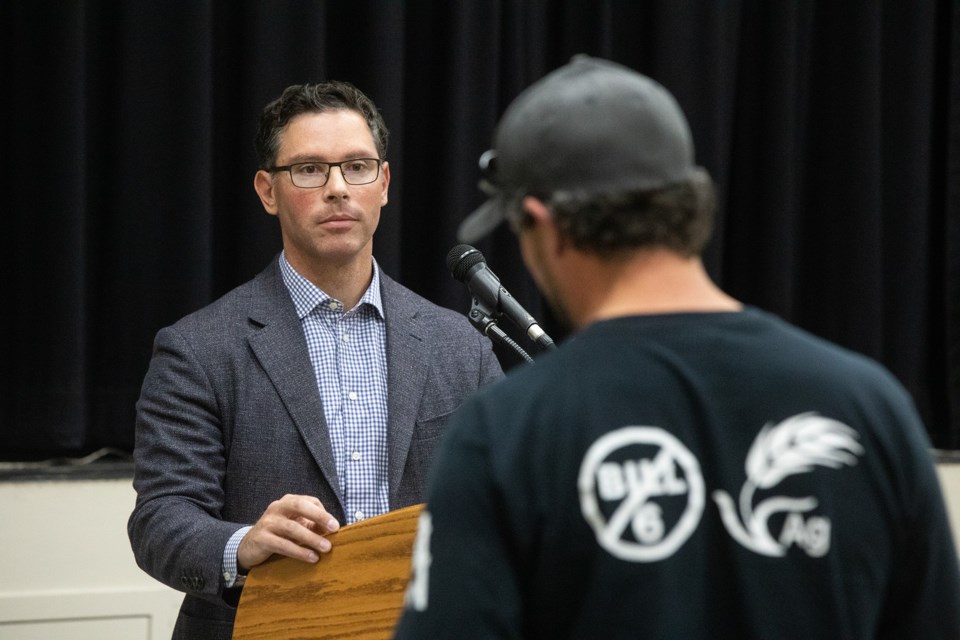An additional 300 police officers will be assigned to rural communities in Alberta over the next four years, though the cost will be partially borne by those municipalities.
The United Conservative Party (UCP) made the announcement Dec. 4, stating the additional resources will increase the number of uniformed officers in the province from fewer than 1,600 to about 1,900.
“Ensuring Albertans are safe, secure and protected in their communities goes to the heart of who we are as a government,” said Justice Minister and Solicitor General Doug Schweitzer in a statement.
“We want to ensure we fund law enforcement in an equitable and sustainable way that will ensure we have more police in our communities.”
The cost for the officers, which equals more than $286 million over five years, will be shared by provincial, federal and municipal governments, according to the province.
“With this new police-funding model, we are making the single largest investment in rural policing since the March West and delivering on our promise to enhance public safety,” said Schweitzer, who went on a province-wide tour of small towns in Alberta in September to hear residents’ concerns about rural crime.
Under the new model, small and rural municipalities of fewer than 5,000 people will begin contributing a portion of their policing costs in 2020. Previously, small towns, villages and hamlets were exempt from paying for these services – the cost was borne by the province at roughly $233 million per year.
The changes will be phased in over the next four years, according to the UCP, meaning small communities will contribute 10 per cent of policing costs in 2020, 15 per cent the next year, 20 per cent in 2022 and 30 per cent in 2023. Municipal tax base and population, the government stated, will determine the costs for each community.
For Crossfield, a town of about 3,000 residents, the shift will have a significant impact. Town of Crossfield CAO Ken Bosman said the municipality has already received the preliminary estimated costs that it will have to pay the province per year under the new model – $60,800 in 2020, up to $204,240 in 2023.
Bosman said he believes the new funding will mean a phase-out of Crossfield’s community peace officer, for which the Town currently pays the province $160,000 annually. That means the municipality could see cost savings under the new model until 2023, when the expense of paying for the province’s additional RCMP positions surpasses the cost of the peace officer.
“Whether the new policing we’ll get from the province is more than what we’re currently getting now, with our enhanced police officer, we’ll have to find out,” he said. “It’s really too early to have an opinion about whether this is a good thing or not. We’ll see.”
For Rocky View County, the cost is estimated to be $826,018 in 2020, increasing to $3.44 million in 2023. The details are outlined in information the government sent to the Alberta Urban Municipalities Association.
The opposition New Democratic Party criticized the UCP’s proposed funding model in September. Kathleen Ganley, MLA for Calgary-Mountain View and the justice critic for the opposition, said she was glad to see the announcement for additional officers, but disagrees the cost should be absorbed by small municipalities.
“I know some municipalities are in favour of this, while some aren’t,” she said. “This is a pretty big cost to be downloaded and a pretty big tax increase for rural residents who maybe hadn’t budgeted for this.
“It’s a hard time for some rural residents, and to have the provincial government essentially raising their taxes by a significant amount at the same time, I think it’s a big concern, and something that warranted more discussions than there were.”




